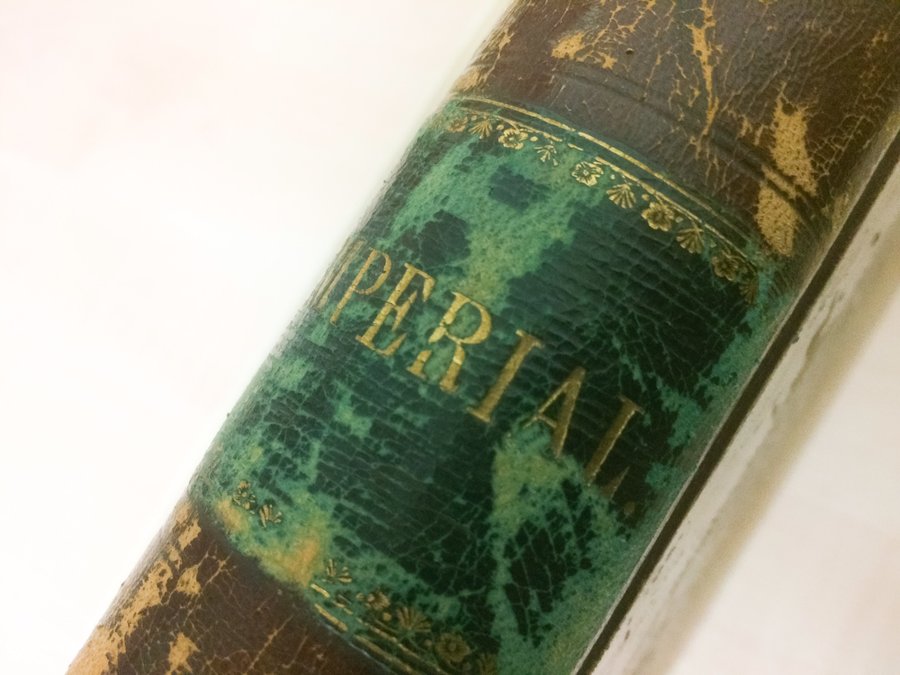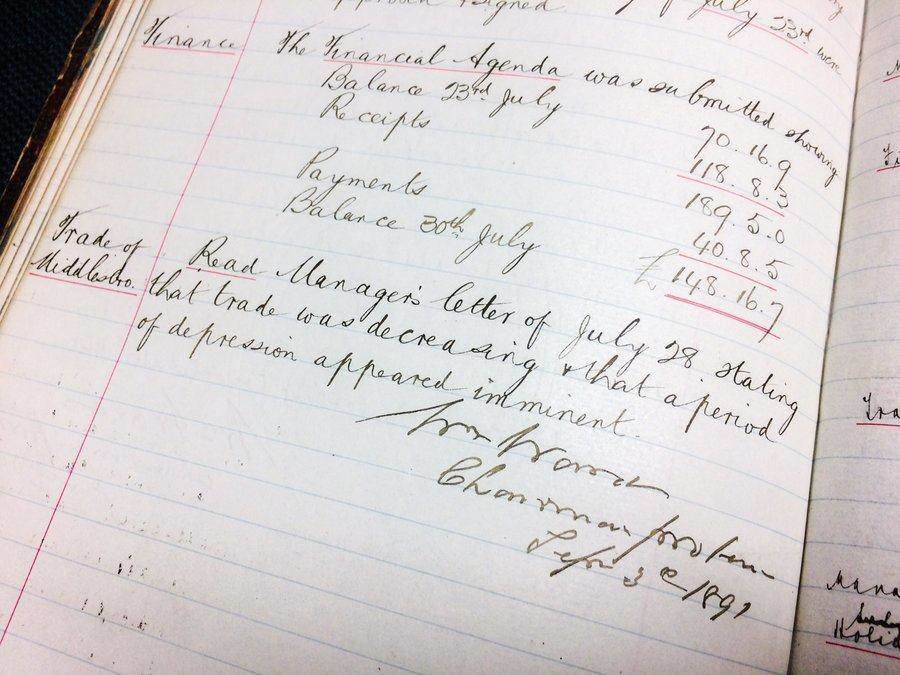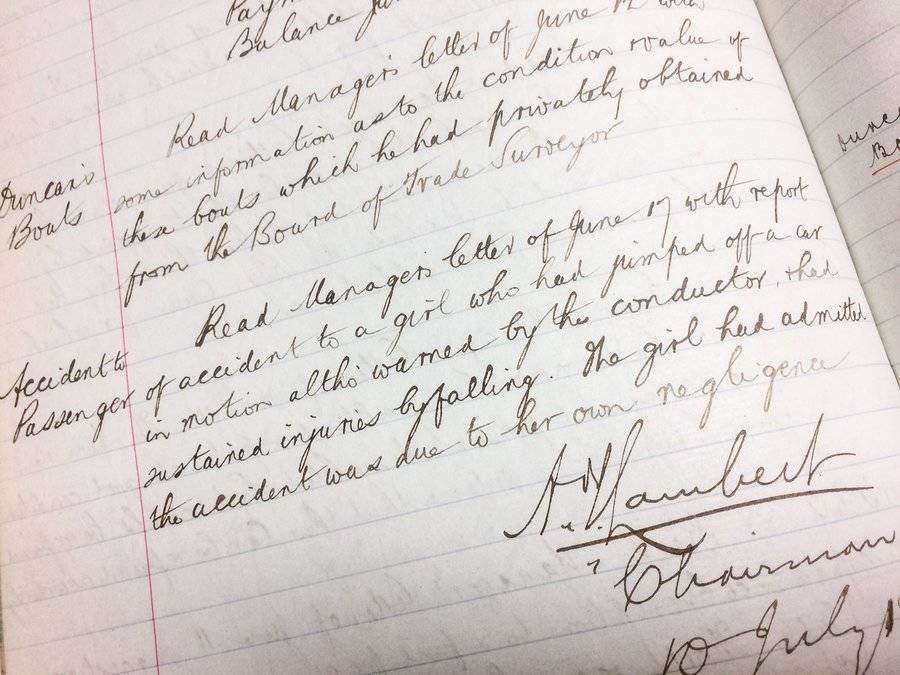
We have recently purchased an important ledger dealing with the activities of the Imperial Tramways Company between 1885 and 1898. This was offered to us by Alistair Moffatt, a book dealer from Totnes in Devon who alerted us to its contents and historic interest. The ledger is particularly significant as it covers the transitional period between the end of the horse tram era and the beginning of electrification.
The Imperial Tramways Company Ltd existed between 1878 and 1930 in order to bring under common management several street tramways. In 1878 the company acquired the tramway systems of Middlesbrough and Stockton-on-Tees, Dublin [Southern District], Gloucester and Reading. It also took over the Corris Light Railway, a narrow gauge mineral tramway in north Wales. The company later formed London United Tramways to develop and electrify the West Metropolitan system.
The ledger gives a fascinating insight into the day to day running of early tramway systems and includes detailed information about company finances, tramcars, horses, accidents, rolling stock purchases, royal visits, assaults by passengers, carriage of parcels and the pay and conditions of employees.

The horses were a regular item on the meetings of the company directors and their mishaps and illnesses are duly recorded. In June 1889 an outbreak of equine influenza in the stables caused a major disruption to services, and in March 1891 a bout of “pinkeye” in the horses led to further problems. One unfortunate horse trod on a screw in October 1891 and was put out to grass to recuperate, probably relishing the opportunity to escape from the hard work of hauling passengers around Middlesbrough.
In 1889 the directors discussed the work of the tram drivers and conductors, noting that “The men worked an average 15 hours on weekdays & 10 hours on Sundays. They were allowed 40 min for dinner & a day off every fortnight”. Given the arduous and tiring work patterns it is surprising that there were not more accidents and injuries on the systems, although it is possible that many incidents were not recorded.
In November 1896 the Middlesbrough Tramways system began to be electrified and in May 1897 it was recorded in the ledger that the Chairman and Managing Director travelled to the area to look at sites for a power station (land bought for £1100) and land for new car sheds (£1200). In order to save money on construction it was agreed that Sir James Clifton Robinson, one of the company directors, would act as the Constructing Engineer and design the electrical system. He was paid a fee of £10,000 for this work and the “preparation of the Parliamentary Plans and Parliamentary Work”. He presumably worked swiftly as the electric lines opened a little over a year later in July 1898.

The long term outlook for the company was not bright and the Middlesbrough system was later taken into municipal ownership, a fate shared with many of Britain’s privately owned tramways. The electric trams were eventually sold in 1934 to a Birmingham company with some ending up as summer houses and others as hen runs.
The ledger probably became part of the collections of George White who chaired the company until it was wound up in 1930. Most of the George White Papers now belong to the National Archive who describe them as a “major source for business and transport historians, [with] a great deal about regional capitalism in the late 19th and early 20th centuries”. The National Tramway Museum is very fortunate to have acquired this important ledger which we are planning to display in the 2017 season.
Robert Morris, Librarian
